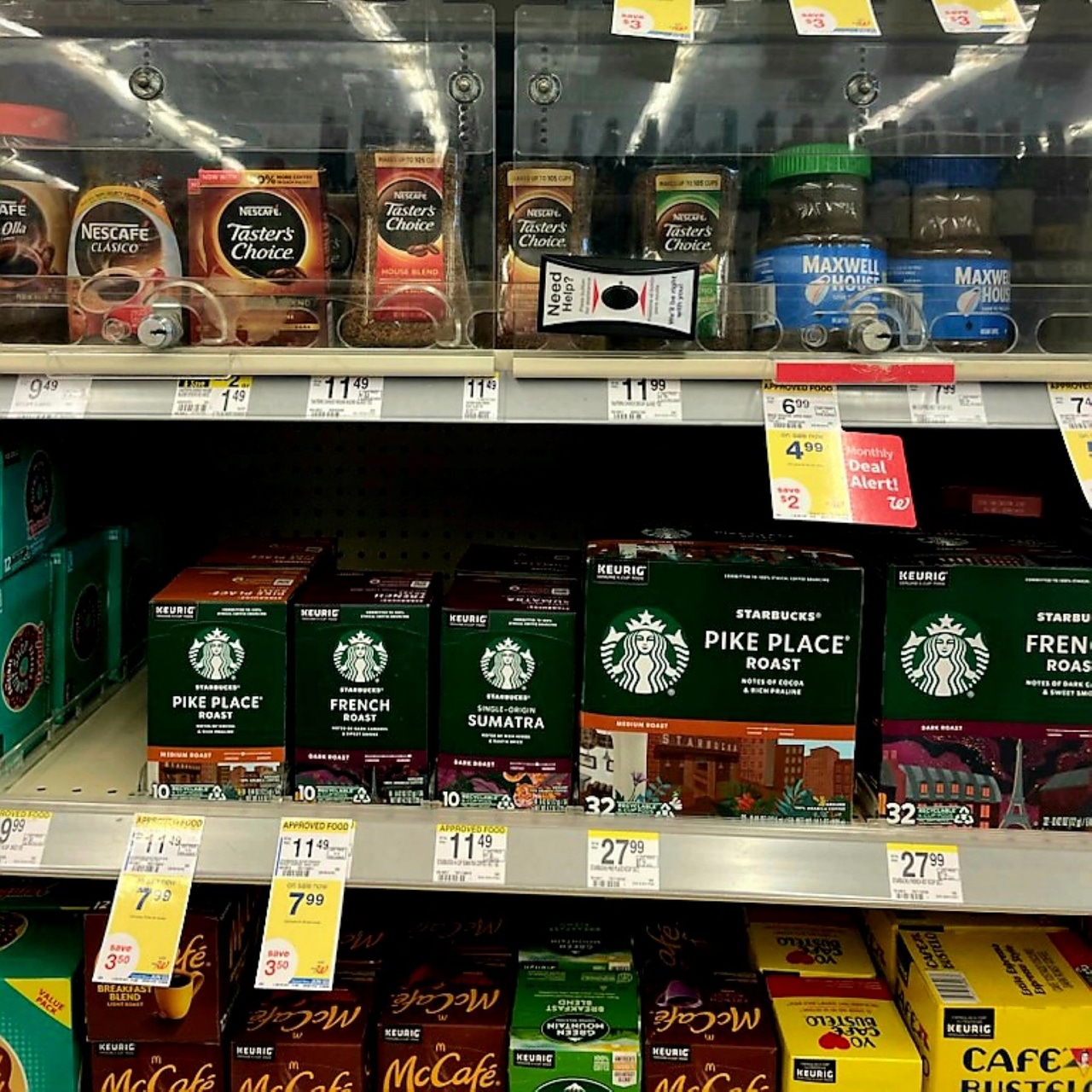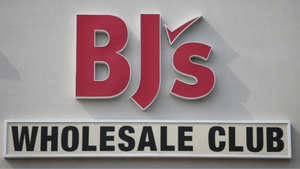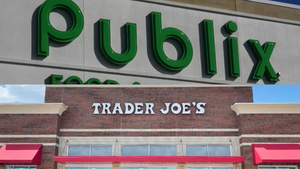Retail theft remains a bottom-line breakerRetail theft remains a bottom-line breaker
Aisle 1: Shrink again monopolized earnings reports, and grocers and other retailers are now locking up popular items, reducing inventory and investing in tech solutions, but nothing seems to be working.


In May, around the time major retailers were reporting their first quarter results, I wrote a column headlined, “Food retailers: ‘We need to talk about theft.’”
Not long after that, my colleague Diane Adam interviewed Ira Kress, president of regional supermarket chain Giant Food, who called theft a “spiraling problem” that had “escalated immensely” in recent months.
Giant Food’s theft problems have continued to intensify. And Kress told The Washington Post in a story published over the weekend that all national brands will be removed from the beauty and health aisles of a Giant Food store in Washington, D.C., replaced with private-label products that are apparently less appealing to thieves.
“I don’t want to do this,” Kress told the newspaper. “But the reality is that Tide is not a profitable item in this store … In many instances, people stock the product, and within two hours it’s gone, so it’s not on the shelf anyway.”
Starting Thursday, shoppers at the store will also have to show their receipts to a supermarket employee before leaving, with signs posted to alert customers of the change.
The next step, Kress implied, would be closing the grocery store.
The situation is also disheartening for Dollar General. The discounter’s executives told analysts last week that shrink during the second quarter was even worse than expected, costing $100 million more than anticipated since the quarter before, forcing them to downgrade their financial expectations for the year.
“The shrink environment has continued to worsen,” CEO Jeff Owen said.
Owen said his stores are reducing inventory, “refreshing and refining” store processes, improving execution and investing in additional technology to slow the bleeding from theft.
Rival Dollar Tree said during its second quarter report that it is embarking on a “very defensive approach” to stem rampant theft. High-theft items will be moved behind check stands, some merchandise will be locked up and, in the most extreme cases, some products will be removed from sale all together, CEO Rick Dreiling told analysts.
Shrink shrunk Dollar Tree’s margins by about 75 to 80 basis points during the second quarter.
At Target, which was among the first retailers to sound the alarm on theft, shrink remained “well above the sustainable level” and stores reported a 120% increase in incidents of theft involving violence or threats of violence during the first five months of the year, CEO Brian Cornell told analysts. The retailer took a 90-basis point hit to its margins due to theft during its second quarter.
Target said it is working inside its stores and with government and community partners to reduce theft but, like other retailers, said it has not seen any evidence than any of those measures are working.
If I had the solution to rampant retail theft, I’d probably be doing something other than running a grocery publication. But, as a consumer and industry observer, I’d be curious whether the risk of losing sales due to locked up or absent merchandise outweighs the benefit of potentially reduced theft.
It’s an expensive problem to solve with no apparent resolution in sight.
About the Author
You May Also Like






